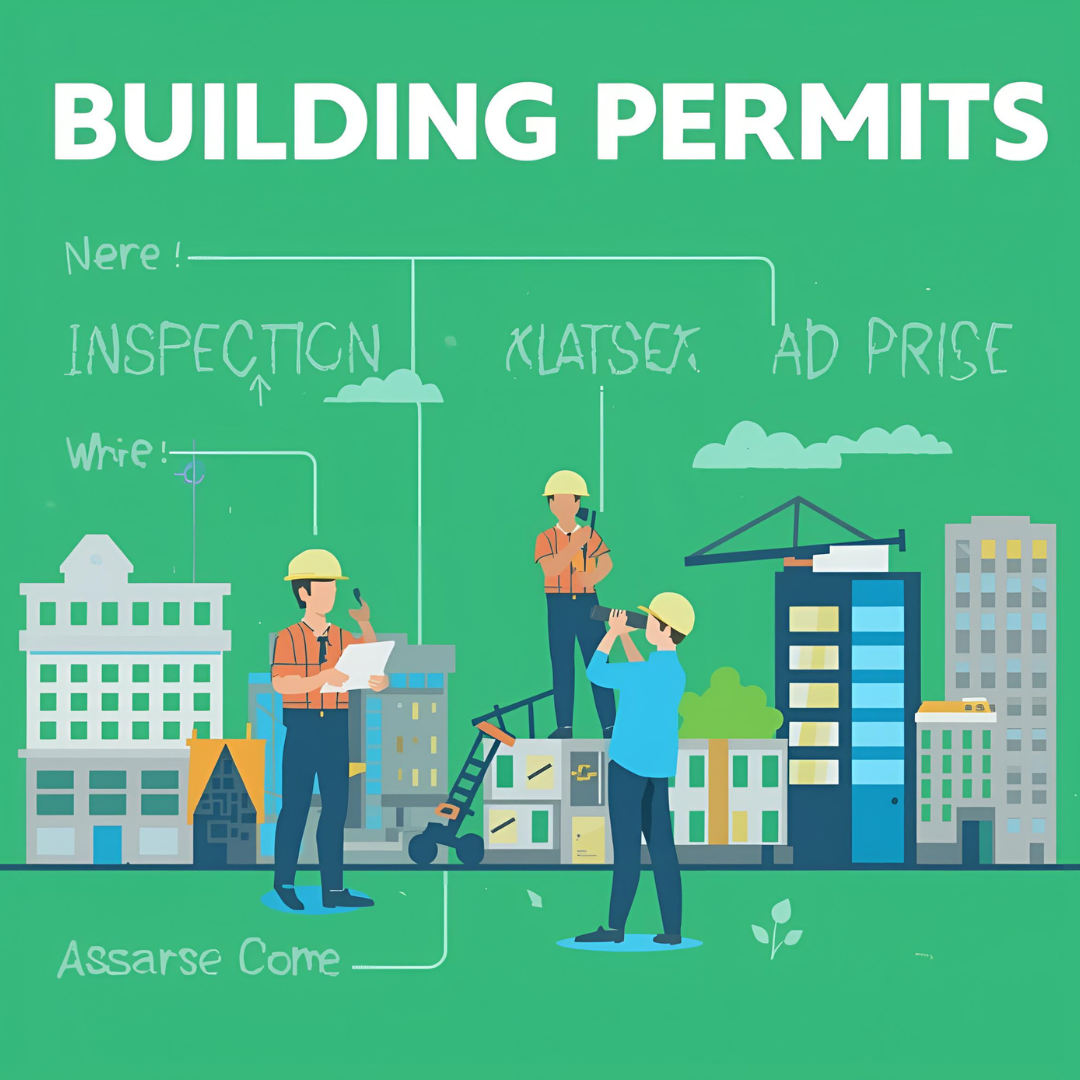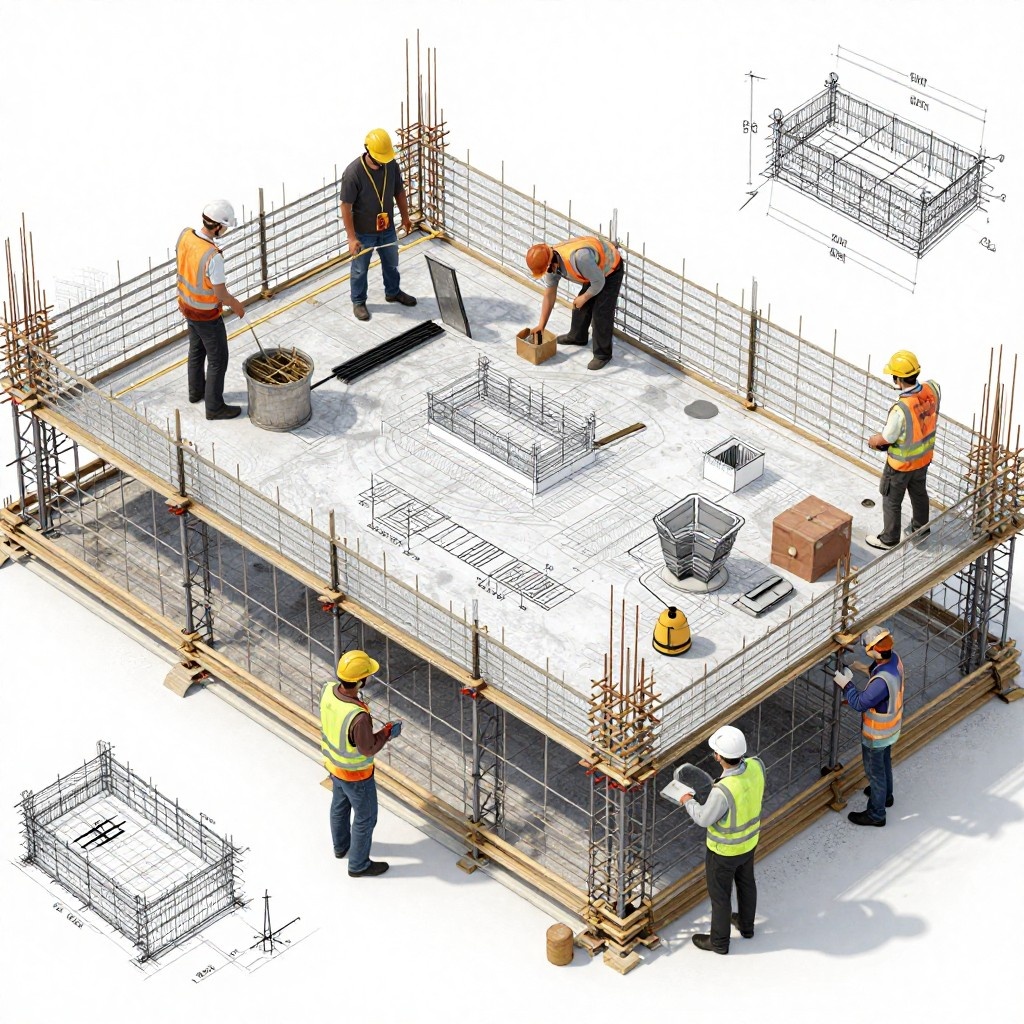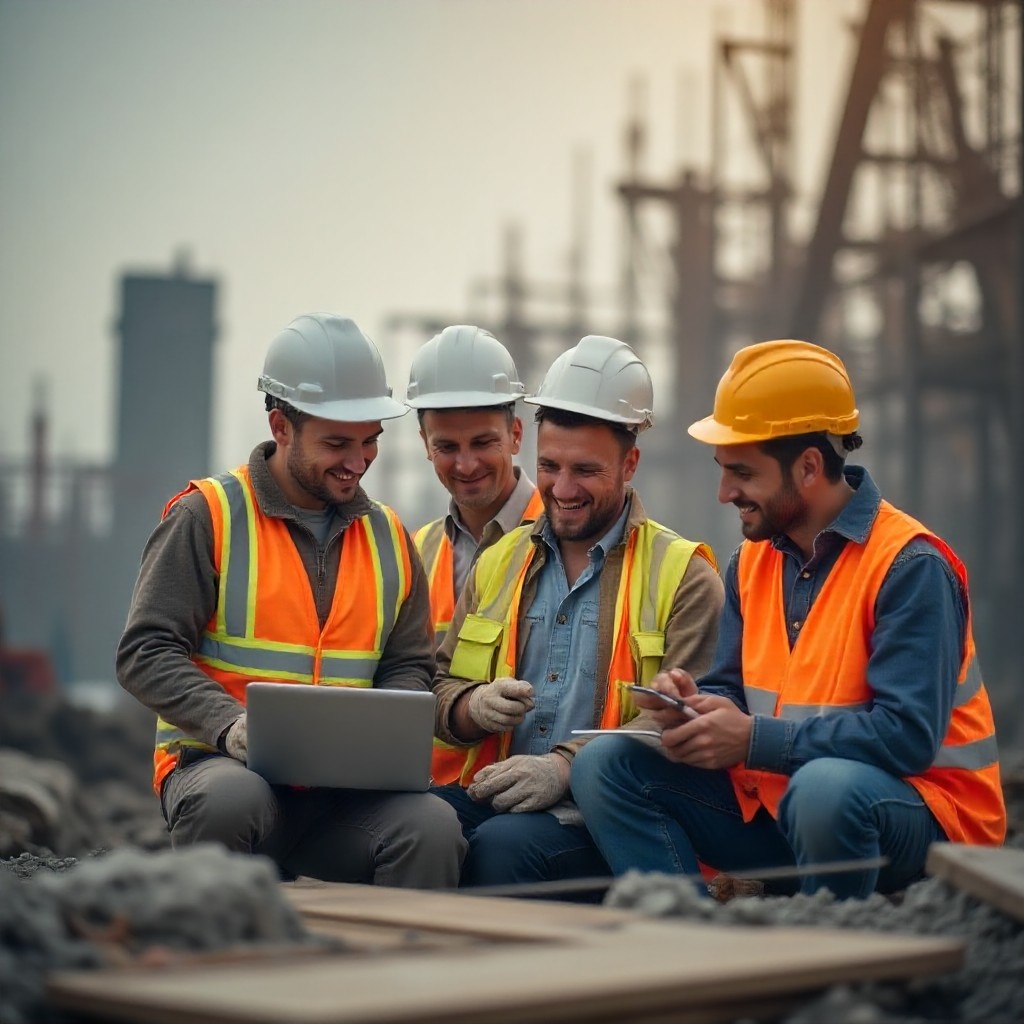Introduction

Construction visualization uses digital tools to breathe life into concepts. It uses three-dimensional modeling, BIM, AR, and VR to take traditional design methods into immersive, data-rich environments that boost clarity and coordination. As a result, there is a major shift in the industry with a clear vision of the construction projects.
Why Construction Visualization Matters
Clear communication, precise planning, and on-time decision-making are what today's construction relies upon. Visualization bridges gaps between teams, stakeholders, and clients through intuitive, real-world representations.

- Improved Planning & Accuracy: Spot conflicts, design flaws, and misalignments at the earliest possible stage.
- Improved Communication: Realistic visuals make it easier for non-technical audiences to understand.
- Better Decision-Making: Assists with sequencing, layout planning, and change approvals.
- Public Engagement: Communities can visualize proposed developments in 3D web environments.
Key Technologies in Construction Visualization
A variety of digital tools work together to deliver powerful visual insights throughout the project lifecycle. These include 3D modeling, BIM, AR/VR, and digital twins.

3D Modeling
3D modeling is the base for visualization, helping teams develop accurate and presentable models of buildings and spaces.
- Used in tools like SketchUp, Revit, and CityEngine.
- Adds detailed textures and visual elements.
- Ideal for concept visualization and schematic design.
- Supports architectural 3D rendering for design reviews and marketing.
BIM (Building Information Modeling)
BIM enhances 3D models by integrating material data, timelines, and costs.
- Facilitates 4D (time) and 5D (cost) construction planning.
- Aids in lifecycle management of structures.
- Connects visual models with project documentation.
- Enables simulation and optimization of building performance
AR/VR (Augmented and Virtual Reality)
Immersive tech takes visualization to the next level by allowing users to "walk through" a design before construction.
- AR overlays models onto physical job sites via devices.
- VR creates fully immersive environments for design validation and stakeholder presentations.
- Helps with remote reviews and safety planning.
Digital Twins
Digital twins are virtual replicas of physical assets updated with real-time data.
- Connected via sensors to monitor building performance.
- Used for predictive maintenance and system optimization.
- Reflect current conditions to assist in long-term facility management.
Benefits of Construction Visualization

Visualization isn’t just about appearances—it drives measurable improvements in performance, safety, and stakeholder confidence.
- Improved Accuracy: Catch issues before construction starts.
- Cost & Time Savings: Fewer errors mean fewer delays and change orders.
- Better Engagement: Clear visuals boost client trust and buy-in.
- Construction Safety: 4D models highlight risks and guide logistics.
- Marketing & Pre-Sales: Renderings help showcase the project to investors or buyers.
Challenges and Limitations
Despite its value, visualization comes with barriers—especially for smaller teams or tight budgets.
- High Initial Costs: Hardware and software investments can be significant.
- Learning Curve: Teams must be trained to use new tools effectively.
- Integration Complexity: Bringing together BIM, AR/VR, and GIS data takes planning.
- Hardware Needs: High-end PCs and headsets may be necessary for advanced rendering.
Use Cases & Real‑World Applications

Construction visualization is already transforming workflows across various sectors. Here's how it's being applied globally.
- Urban Redevelopment: Cities like Rotterdam use 3D scenes for feedback on zoning and massing.
- Commercial Construction: Firms like C.D. Smith use VR walkthroughs to align stakeholders.
- Infrastructure Projects: Transit and utility planners use immersive models for public engagement.
- Residential Buildings: Developers use 3D rendering for unit previews and sales before breaking ground.
Top Software and Tools for Construction Visualization
From photorealistic rendering to immersive simulations, various platforms serve different stages of construction visualization.
- Esri ArcGIS Pro + CityEngine: GIS-linked urban design and modeling.
- Autodesk Revit & InfraWorks: Industry-standard tools for BIM workflows.
- SketchUp + V-Ray: Simple modeling with high-quality visual output.
- Unity / Unreal Engine: Real-time 3D platforms ideal for immersive presentations.
- Enscape / Twinmotion: Fast, real-time rendering linked to BIM tools.
- Esri CommunityViz: Scenario planning and urban visualization.
- AR Devices (e.g., HoloLens): On-site design validation and training.
Best Practices for Implementing Construction Visualization
A thoughtful approach ensures your investment in visualization tools pays off in value and efficiency.
- Start Small: Begin with one model or team to pilot the process.
- Connect Tools: Ensure BIM, GIS, and VR platforms work together.
- Train Early: Offer team onboarding to avoid delays later.
- Standardize Workflows: Use naming conventions, file formats, and version control.
- Engage Stakeholders: Use immersive sessions for design reviews.
- Track Results: Measure time saved, reduced RFIs, and faster approvals.
Future Trends in Construction Visualization

With rapid tech advancement, visualization is becoming smarter, faster, and more collaborative.
- AI-Assisted Design: Generate models and catch errors automatically.
- Cloud-Based VR Collaboration: Real-time model reviews from anywhere.
- Construction Metaverse: Persistent shared digital environments for all project members.
- IoT Integration: Real-time sensor data embedded in digital twins.
- Mobile AR Tools: Field crews use tablets/phones for layout and QA in real-time.
Conclusion
Construction visualization is no longer optional—it’s essential for staying competitive. It reduces costly mistakes, boosts engagement, and streamlines every phase from design to delivery. Whether you're a small firm or a large enterprise, leveraging tools like 3D modeling, BIM, AR/VR, and digital twins can transform your next project.
FAQs
1. How does BIM differ from traditional 3D modeling in construction?
BIM goes beyond geometry to include data on materials, timelines, costs, and performance, making models far more useful for construction management.
2. Which industries benefit most from construction visualization?
Commercial, infrastructure, and urban planning projects benefit the most—but even small-scale residential projects gain improved clarity and marketing power.
3. Is construction visualization cost-effective for small firms?
Yes. Many tools now offer flexible pricing or cloud access. Savings in rework and client clarity often outweigh the upfront cost.
4. What’s the difference between 4D, 5D, and traditional 3D construction visualization?
- 3D: Geometry
- 4D: Geometry + Construction Sequence
- 5D: Geometry + Time + Cost Estimation
5. What is a digital twin and how is it used in construction?
It’s a live, data-fed replica of a real structure that helps in monitoring, performance forecasting, and predictive maintenance.
6. Is there a difference between architectural and construction visualization?
Yes. Architectural visualization focuses on design and aesthetics; construction visualization focuses on execution, phasing, and operations.
.jpg)



